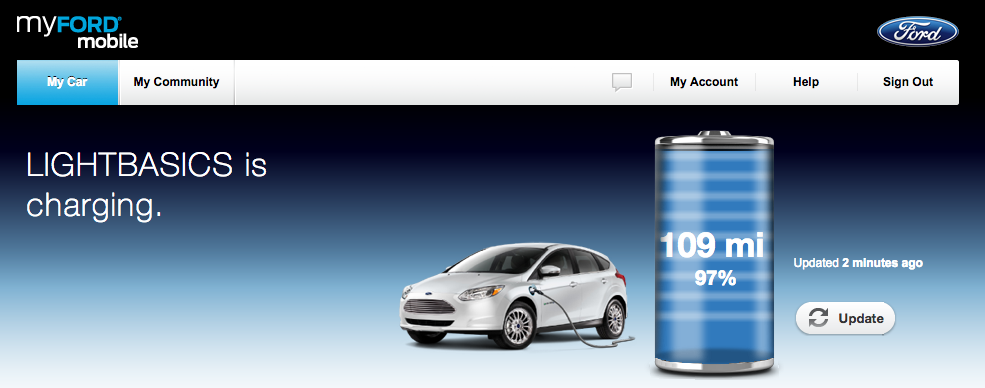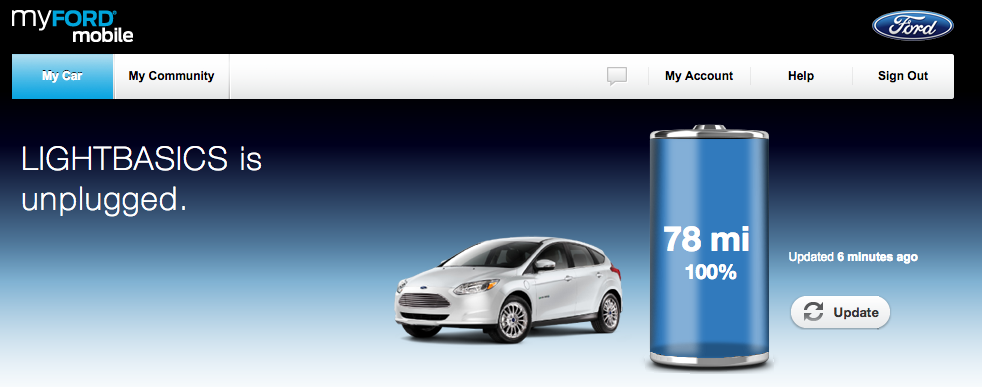Unlike the Leaf forum where battery degradation is a big topic, nobody here has yet reported any significant battery degradation, so it wouldn't appear to be a big factor.
That being said, for the very best in battery life:
1. Keep it cool. In the Valley in the summer, try to keep in the shade if practical. However, the battery is very well insulated and doesn't heat up as much as I would have supposed. At work, I park in the shade in the morning (west side of building) but have to move to the sun to charge up in the afternoon. One hot Valley afternoon I parked in direct sun, on hot pavement, and didn't plug in so there was no TMS. Several hours later the battery temperature was still well within normal range.
2. Charge only to the extent necessary to reach your next charging point with a comfortable reserve (i.e., don't fully charge as a matter of course). I generally run my car between about 80% and 20% on weekdays. Weekends I fully charge since my plans vary. As you correctly point out, 0% and 100% on the dash display represent a narrower span of the battery's true state of charge. The battery runs between 90% and 8% SOC approximately. The batteries seem to be happiest in a middle state of charge, neither heavily charged or heavily depleted. Since in normal operation, you will probably rarely choose to run the battery down to a very low level, that tends not to be the issue. The issue is that the charging process doesn't stop til complete unless you interrupt it manually.
3. Practice "just in time" charging to the extent practical. By this, I don't mean you have to think about timing this to the minute or even the hour. But when practical and convenient, defer charging rather than automatically charging upon arrival. At work I charge up after lunch rather than in the morning. If you know you won't be using the car for a few days, defer charging rather than leaving it fully charged.
So, ideally use the charge timer facility when at home to get the thing charged to whatever percent you like in the early morning then unplug. Ditto in the afternoon if you have workplace charging. If this is a hassle, don't worry about it or do it only when convenient.
As I said, the battery seems to be very robust, so if you don't find it convenient to follow my suggestions, the evidence suggests you will see little difference.
Personally, I try to do the above when practical (not always) because I need to wring 60,000 miles out of mine before the lease expires. I haven't seen any reports from high-mile FFE's to show how well they will be doing at that point.
By contrast, I have several friends with 3 year old, 30,000 mile Leafs that have suffered substantial and obvious reduction of range. If the FFE had a similar disease, we would have been starting to see reports by now.







